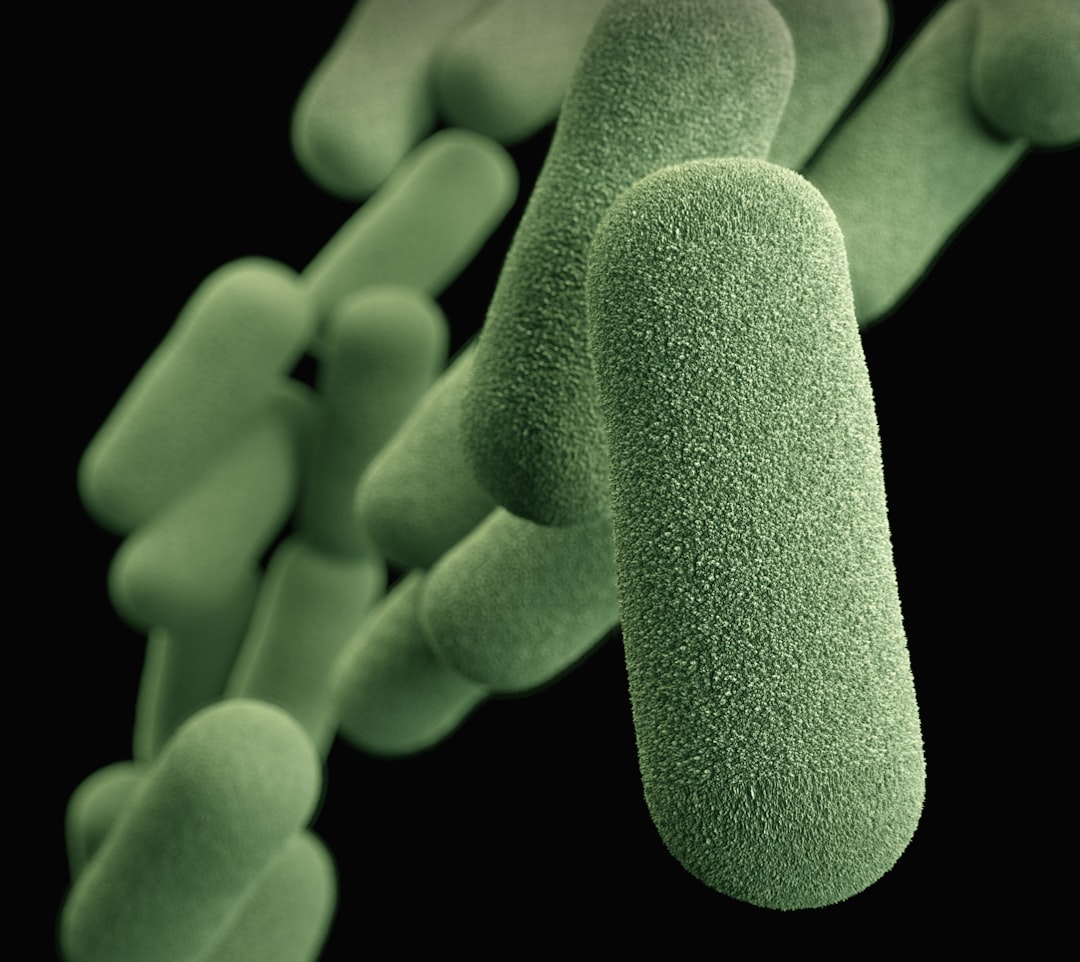What is it about?
Water absorbs very little visible light, which is why we can see deep into clear water. Through many experiments, we show that photons in visible spectrum can actually knock out water molecules in clusters form, and we call this process the photomolecular effect, in analogy to the photoelectric effect. We found that the photomolecular effect depends on the angle of incidence, light polarization and wavelength.
Featured Image

Photo by suraj kardile on Unsplash
Why is it important?
People have always thought evaporation needs heat. Photomolecular effect reveals a new mechanism of water evaporation. Since earth is covered with water: the ocean, the soil, the clouds, and plants, and since the photomolecular effect is actually strongest at green light which is the peak of the solar spectrum, this process has significant implications for earth water cycle, clouds absorption, and climate model. Because a photon can knock out water molecules in cluster forms, the photomolecular evaporation is fundamentally more efficient in evaporation than by heat. This effect can be exploited for applications such as drying and desalinations.
Perspectives
The fact that the photomolecular effect is strongest under green light also begs the question if plants are green, i.e., they reflect more green photons, is to minimize the photomolecular evaporation, which would lead to more water loss. The mechanism we hypothesized for the photomolecular effect, if further proven to be true, should also be applicable to other materials, suggesting that the photomolecular absorption happens widely.
Carl Richard Soderberg Professor of Power Engineering Gang Chen
Read the Original
This page is a summary of: Photomolecular effect: Visible light interaction with air–water interface, Proceedings of the National Academy of Sciences, April 2024, Proceedings of the National Academy of Sciences,
DOI: 10.1073/pnas.2320844121.
You can read the full text:
Contributors
The following have contributed to this page










